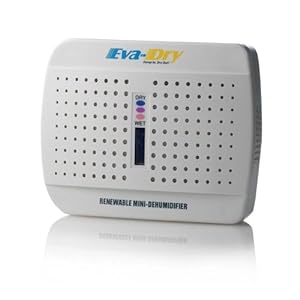Controlling fermentiation temp is an issue for me. I was going to build a son of a fermentation chamber but for some reason, when the air temp rarely drops below 85F, nowhere sells the insulation board I need! So I'm thinking of stepping up a gear and getting a small fridge or chest freezer and temperature controller (I'd use my current drinks fridge but suspect it is too small - need to check measurements tonight).
Are there any advantages/disadvantages of using a chest freezer compared to a fridge? I'm concerned that running a freezer a lot warmer than it "should" be might be an issue and result in it failing quickly.
Are there any advantages/disadvantages of using a chest freezer compared to a fridge? I'm concerned that running a freezer a lot warmer than it "should" be might be an issue and result in it failing quickly.









![Craft A Brew - Safale S-04 Dry Yeast - Fermentis - English Ale Dry Yeast - For English and American Ales and Hard Apple Ciders - Ingredients for Home Brewing - Beer Making Supplies - [1 Pack]](https://m.media-amazon.com/images/I/41fVGNh6JfL._SL500_.jpg)
















































